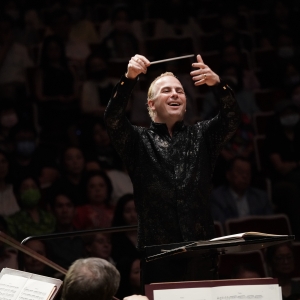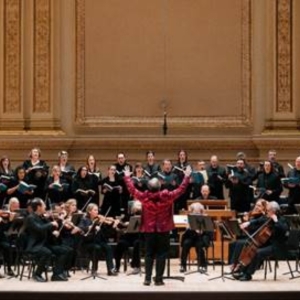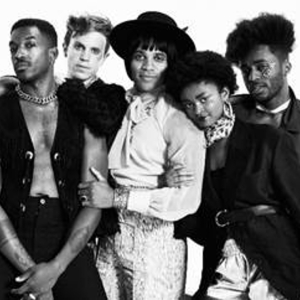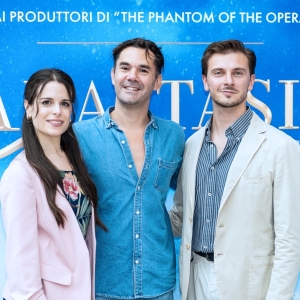Tosca - West End History , Info & More
Royal Opera House
Covent Garden London
__FROM SARDOU'S PLAY TO PUCCINI’S OPERA__
From the early 1890s Giacomo Puccini had toyed with adapting French playwright Victorien Sardou’s gripping melodrama La Tosca into an opera, but only began serious work following the premiere of the critically acclaimed La bohème in 1896. Employing La bohème's gifted librettists Giuseppe Giacosa and Luigi Illica to streamline Sardou's complicated plot, Puccini’s Tosca premiered in 1900.
With the city gripped by political unrest, fears of violence plagued the premiere at Rome’s Teatro Costanzi. However, Tosca opened without incident, and although unpopular with critics who disliked its violence, it became an immediate success with the public and has remained a favourite ever since.
__CHARACTER-PAINTING THROUGH MUSIC__
Puccini portrays the idealism of Tosca and her lover Cavaradossi through radiant, expansive music, including Act I's duet 'Qual occhio al mondo' (What eyes of this world), Cavaradossi's ardent aria 'Recondita armonia' (Hidden harmony) and Tosca's despairing Act II prayer 'Vissi d'arte' (I lived for my art). Scarpia's music, by contrast, is dark and terrifying – from the demonic chords that open the opera to the violence of his Act II exchanges with Tosca.
Tosca - - West End Cast
Tosca - - West End Articles Page 3
Category
Tosca History
Other Productions of Tosca
| West End |
West End |
|
| West End |
West End |
|
| West End |
West End |
Videos


























